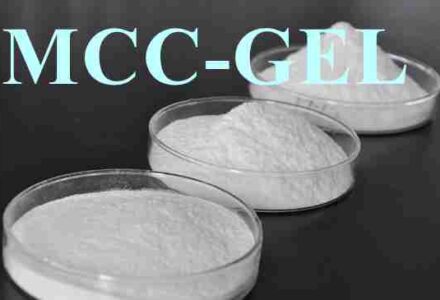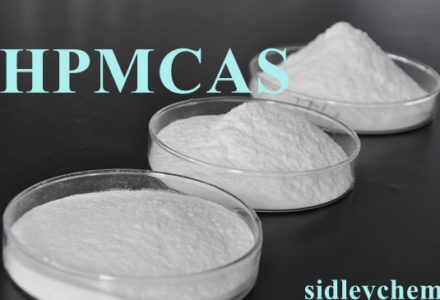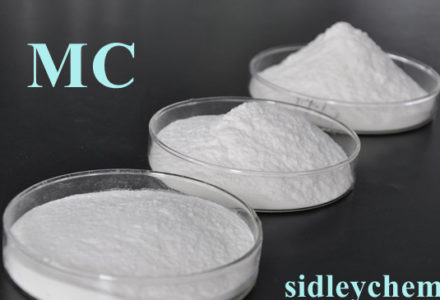Application of Microcrystalline Cellulose in Food As a hydrolyzate of natural cellulose, microcrystalline cellulose is natural pure, non-toxic, odorless and highly safe, with a strong fluidity, and primarily as emulsifiers, foam stabilizers, heat stabilizers, thickeners, suspending agents. In dairy products, microcrystalline cellulose can prevent sedimentation of insoluble particles and re-agglomeration of fat particles.. read more →
Uses of Microcrystalline Cellulose English Name: Microcrystalline Cellulose Molecular Formula: C6H10O5) n, n <4000 CAS :9004-34-6 Properties Microcrystalline cellulose (MCC) is a free-flowing crystalline powder (a non-fibrous microparticle). It is insoluble in water, dilute acids and most organic solvents, but slightly soluble in the alkali solution of 20%. It has a wide range.. read more →
Properties of Microcrystalline Cellulose Microcrystalline cellulose is a highly porous particle or powder, in the form of white, odorless, tasteless, and easy to flow. It is insoluble in water, dilute acids, sodium hydroxide solution, and most organic solvents. It has compression molding, adhesion and disintegration effects. Compressibility The compressibility is generally measured by the.. read more →
Prospects of Microcrystalline Cellulose Microcrystalline Cellulose is a natural product, so its production and application have unique advantages. In rich cellulose resources, especially fiber resources from woody plants, if basic research and exploitation of Microcrystalline Cellulose aspects can be strengthened, the resource advantages will undoubtedly transformed into the commodity advantages, thus achieving economic efficiency… read more →
Physical and Chemical Properties of Microcrystalline Cellulose 1. Compressibility Compressibility refers to the possibility of powders to be molded by compression and the solid degree of compressors. Generally it is measured by the hardness of tablets. Lin Junzhu et al. studied the hardness of tablets pressed under different pressures by MCC of different samples,.. read more →




